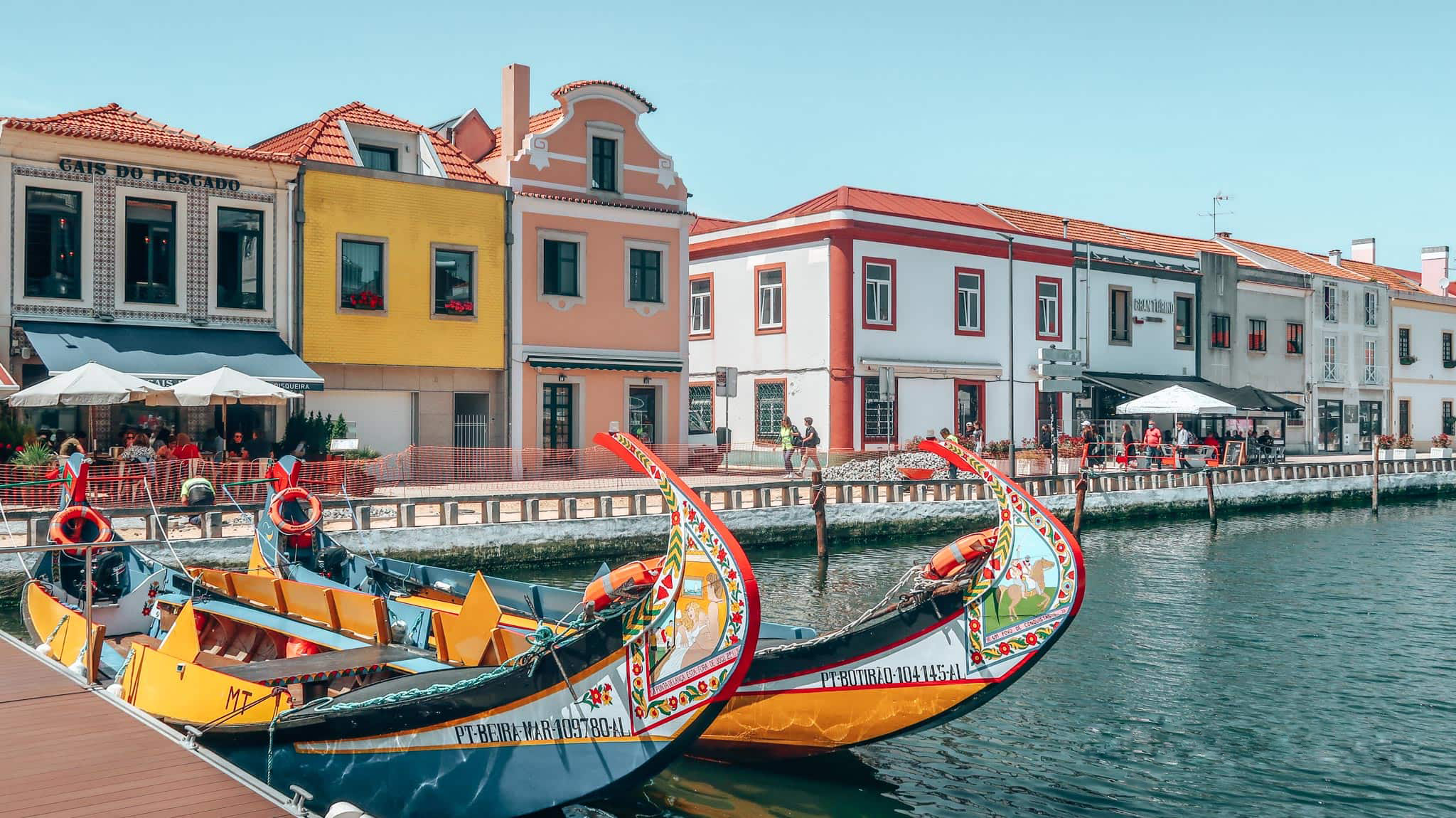AVEIRO
The history of Aveiro is deeply connected with salt production and maritime trade, dating back to Roman times up to the present day. Salt was a valuable commodity, and its production is documented as far back as the 10th century, as mentioned in the will of Countess Mumadona Dias in 959, where the term "Aveiro" also appears for the first time.
In the 15th century, Aveiro fortified itself with walls, demonstrating its growth and importance. Religious and welfare institutions emerged, sustaining the city during hardships, such as the 17th and 18th centuries, when the Aveiro bar began to silt up. The artificial opening of the bar in 1808 propelled a new phase of dynamism for Aveiro.
The city's architecture reflects the influences of subsequent periods, from the 19th to the 20th century, with elements of Art Nouveau, Art Deco, and Modernism, showcasing the desire to follow the trends of the time.
Today, Aveiro is experiencing economic growth, seeking to align its historical past with modern demands, especially through Universidade de Aveiro, towards sustainable development and ensuring a prosperous future for the region.
